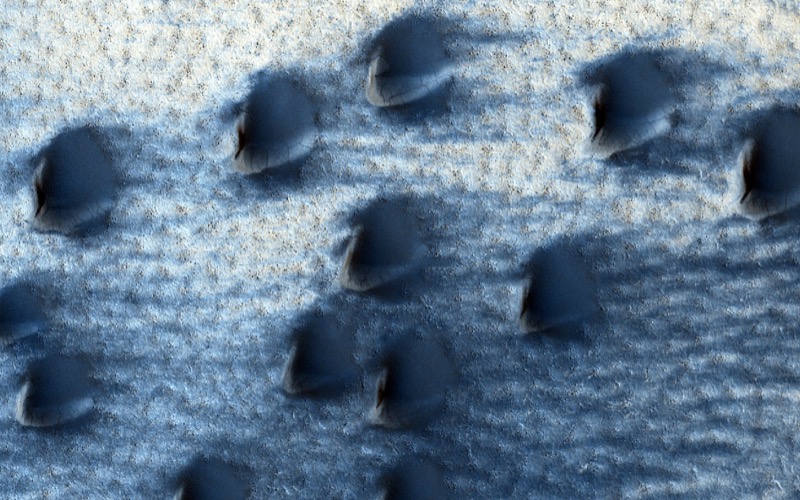‘Beautiful-Mars’ Website As Gaeilge will Ignite Interest in Martian Science and the Irish Language
Posted on: 02 October 2014
Earth and planetary researchers from Trinity College Dublin’s School of Natural Sciences hope the newly launched ‘Beautiful-Mars’ website (as Gaeilge) will encourage budding scientists to learn more about the Red Planet, as well as help engage school children learning the native Irish tongue.
By launching the site on October 1, they fittingly marked NASA’s birthday. With a new site, Tumblr and dedicated Twitter feed (@HiRISEIrish), these are the first and only resources from an active NASA mission to be translated in the Irish language.
The website features stunning images of Mars, as well as teaching resources such as slides, audio, video clips and a dedicated YouTube channel. HiRISE is currently available in 17 other languages, including Dutch, Arabic, Polish, and Latin.

By translating the content into Irish, the contributors from Trinity’s Department of Geography and from the city of Dublin hope that the connection between Irish citizens and the famous planet will be strengthened. They also hope that educators will be able to make use of the exciting new resources for the classroom.
“A website in our native language is an excellent way to promote learning a new language, or to add a new dimension to school lessons,” said Assistant Professor in Geography at Trinity, Dr Mary Bourke, who has led the group responsible for the translation.
She added: “My additional big hope is that the site will ignite interest in Martian science. Teachers and families can use these images and captions as educational tools to show a different side of our language – a side that has the potential to travel not only around our planet, but also to other bodies in our solar system.”
Knowledge about Mars belongs to everyone: this is the strongly held ideal of the scientists running the High Resolution Imaging Science Experiment (HiRISE) on board a high-tech spacecraft called the ‘Mars Reconnaissance Orbiter’ (MRO). The HiRISE camera is the most powerful one to have ever been sent to another planet and is run out of the University of Arizona in Tucson, Arizona.
Since 2006, a NASA mission involving the MRO has returned high-resolution images (23 cm/per pixel) of the surface of Mars. These images have changed the way we think about Mars. We see it today as a dynamic planet where wind causes dunes to move, sediment (and perhaps water) to move down slopes in warmer months, and carbon dioxide ‘snow’ to fall each winter.
Dr Bourke added: “In addition to gathering important scientific data, the images returned are extraordinarily beautiful. We have many scientists of Irish birth and descent who work on planetary missions, and this website will provide a visually engaging showcase of some of their great work and achievements.”
An initiative of the HiRISE science team was to translate HiRISE image captions into as many languages as possible for the Beautiful-Mars website. The work, performed by volunteers who are fascinated by planetary science, is ongoing, and current translations have been provided by several people, both active and retired.
Contributing volunteers to the as Gaeilge project include Irish Language Officer at Trinity, Aoife Crawford, and Matt Hussey, Diarmuid Dwyer, and Sean Ó Cionnfhaola. Audio for captioned images is available, and was provided by Cearbhall Ó Síocháin, RTÉ; Radió na Gaeltachta.
